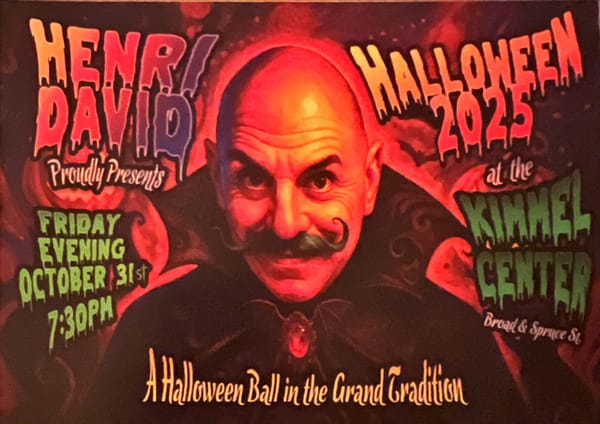Watching the unwatchable
War is bad.
That thought is not original with me, of course.
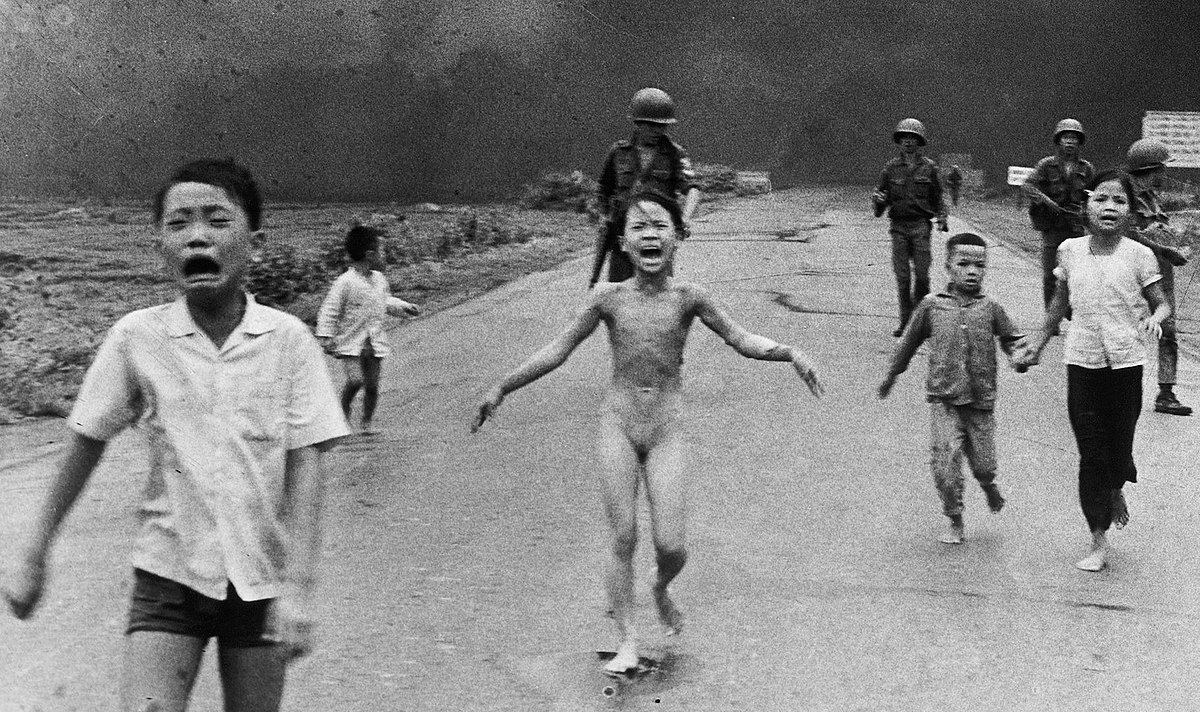
It is sometimes unavoidable, as is the current war being fought by Ukraine against an imperialist Russia led by a former KGB officer with fever dreams about Making Russia Great Again.
By claiming Ukraine, which he believes to be a traditional part of Russia.
Mexico could make the same claim about Texas and California. How would we react to Mexican troops crossing the Rio Grande?
Most rational people side with President Zelensky and the brave Ukrainian people who have a profound sense of their own identity, and their freedom, and their desire to be part of Democratic Western Europe.
But that’s not what I want to talk about today.
I am of the “media,” so I want to look at the images of war.
But I often can’t, because some media outlets — mostly television — blur the images, after somber warnings about “what you see may be disturbing.”
They warn you about the images being disturbing, but then edit them so they are not.
Print allows itself to be more graphic, but not all print.
I am on the side of showing the truth, in all its ugliness.
I think of two images out of the Vietnam war.
One showed a South Vietnam soldier, as I remember, walking down a road holding by the hair the severed head of a Viet Cong soldier in each hand.
The editor of the Philadelphia Daily News ordered that to run on Page One and it was greeted with screams of outrage from many, many readers.
We were also chastised by other journalists. Too graphic, the said. Too real is what they meant.
The editor, Rolfe Neill, an otherwise contemptible, union-busting cur, wrote a personal letter to readers to defend his decision. He said, in effect, we are at war and this is what it looks like.
That photo was barely published elsewhere, while one showing a bare Vietnamese child, among others, running after a napalm attack, was published everywhere.
It was the best-known image of the war, and won a Pulitzer Prize for Huynh Cong Ut, but not without controversy.
Most newspapers ran the picture as you see it above, and there was a lot of criticism of showing the girl’s genitals. Editors were asked if they would have published such a picture of a white child. It was racist, many said.
As a person, I felt the shocking photo was a bit much.
As a journalist, I approved of it, as I did the picture of the severed heads, although I detested that it made “my side,” the South Vietnamese, look so bad.
So now we are in Ukraine and there are images that have been softened by smudges or pixilation so the horror can’t be fully seen.
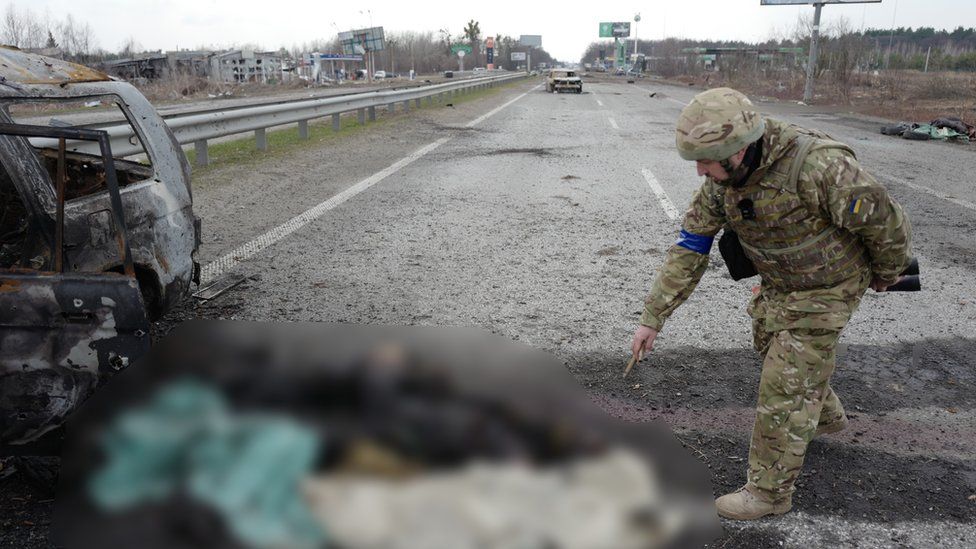
It should be seen.
TV has more of a concern for its audience than print, because when the TV is on, children can be in the room, or aged Aunt Martha, who could take a stroke.
Newspapers are more discreet. You have to open them and look in. There’s less chance for accidental exposure to the too-young or too-sensitive.
The greater the truth, the better the story, or the photo.
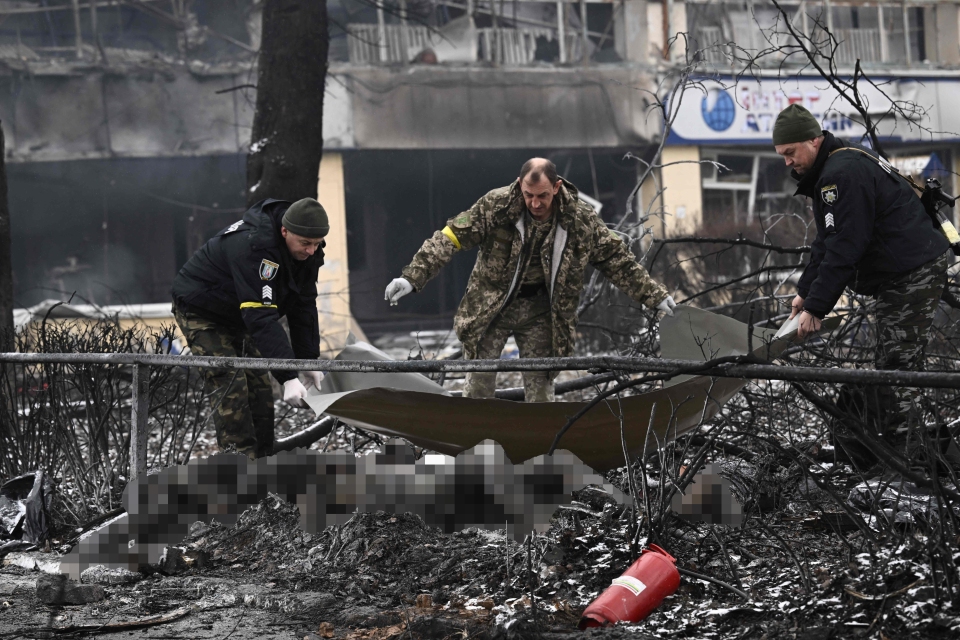
If the fallout results in an aversion to war — fine.
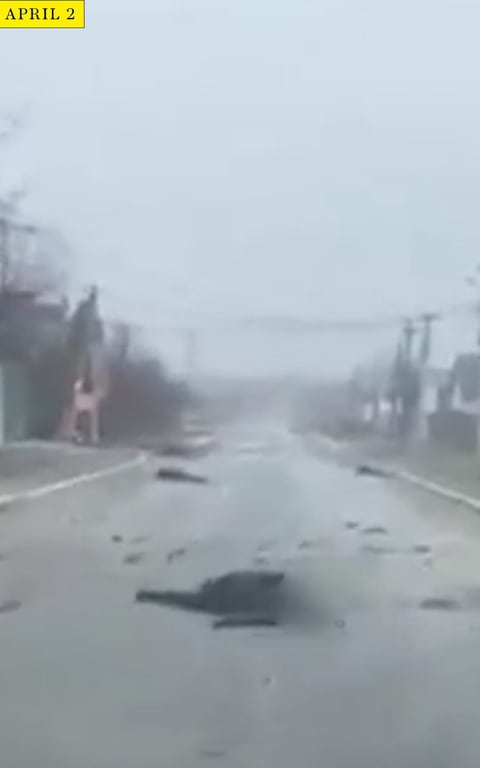
If it results in a feeling that the West should do more to stop the Russian murderers — that’s fine, too.
Let the decisions be made on the facts, no matter how ugly.



